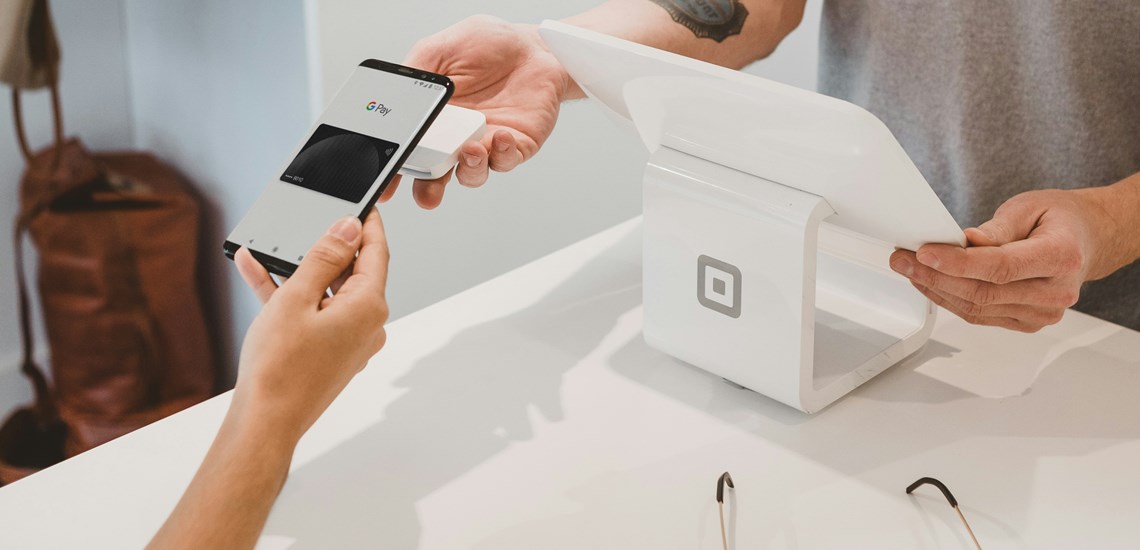
How do you spend your money? Here are some tips on what you could do differently to help you save a bit more.
Why do we overspend?
The urge to overspend can be strong – especially if you’re young and perhaps not thinking about long-term savings or your retirement yet. We’re more likely to value the present moment over the future – it’s an idea called ‘present bias’ – spending what we can right away.
Unfortunately, when it comes to money, living in the moment can lead to spiralling debt.
The good news is that you can get your spending under control, start saving and approach your money more mindfully. This approach could help you make smarter financial decisions.
“Take control of your spending by creating a budget, which can help you feel more in control of your ability to save.”
Seven ways to stop spending (and start saving)
1. Try a no-spend week or month
This means you’re only spending money on the essentials – basic food (no indulgences), utilities, housing and travel. The things you can’t spend on are luxuries like eating out, coffee shops, takeaways, non-essential clothes and extras like ride-sharing apps, cinema trips or salon treatments. Note down how much less you’ve spent over the period than usual.
2. Save 10% of your monthly wage
Take 10% of your salary (after deductions) and put it in a savings account every month. If you do this on the same day as you’re paid, you’re less likely to miss it. This way of saving gives you an idea of how much you’re earning and makes your money work a bit harder.
3. Save a pound every day
You could set up a standing order to make it easier. After a year you’ll have £365.
4. Save for 52 weeks
At the end of week one, save £1. At the end of week two, make it £2. Carry on increasing the amount until week 52 (when you’ll be saving £52). By doing this, your savings for the year should be £1,378.
5. Try online marketplaces to sell unwanted items
There are plenty of apps to help you sell things like clothing or furniture you no longer use. Try putting the money you make straight into your savings account.
6. Stop a spending habit for a month
Your habit could be buying cosmetics, coffee or fast fashion. Whatever it is, pause it for a month and see how much you can save compared to a regular month.
7. Food shopping
Save money when you’re food shopping by scanning the supermarket’s own brand range. You could find items that are similar to – or better than – the branded versions.
Five ways to control your spending
Delayed gratification is an approach where you wait for a period of time to decide to buy something and save up to buy it with cash – instead of putting it on your credit card. By approaching your spending this way you’re able to be more mindful and feel confident knowing you can afford it.
- Make a list of your ‘nice to have’ products, instead of rushing to buy them immediately. This can help you track your spending and work them into your monthly budget.
- Take a few days to decide if you really need that must-have item. You could change your mind altogether.
- If being on social media causes you to overspend, try cutting back and turning off ads.
- Unsubscribe from emails you receive from retailers and cancel any subscriptions you no longer need – especially ‘buy-now-pay-later’ schemes if you have them.
- Avoid using credit cards for a month and switch to a debit card or even cash when you do go out. It could help to stop you from being tempted by impulse purchases or higher-priced items.
How a budget can help
Take control of your spending by creating a budget, which can help you feel more in control of your ability to save. This is important if you’re saving towards a goal like a holiday, mortgage deposit or paying down debt, helping you to spend within your means.
Get in touch
Speak to your adviser to help you take control of your spending and start saving.
Please get in touch to arrange a time to chat.
Approved by The Openwork Partnership on 28.11.2023